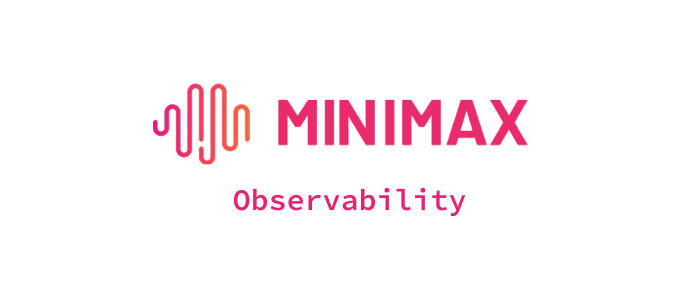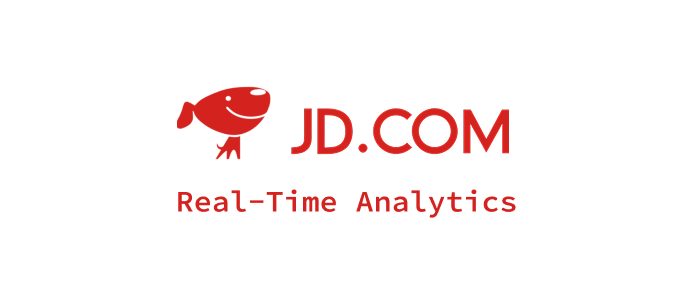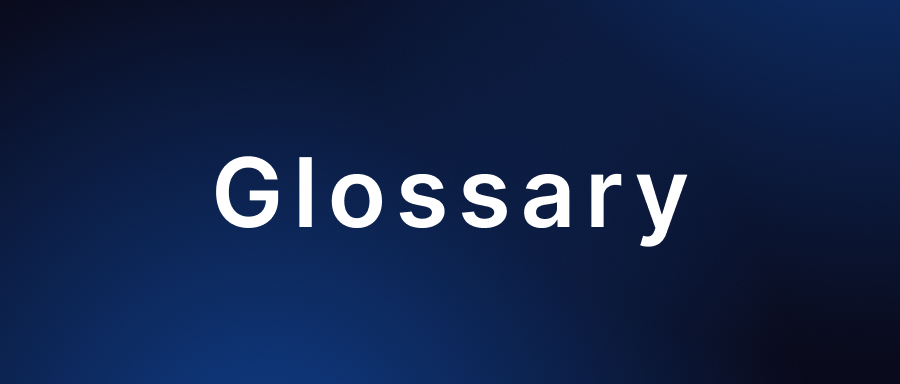What is RAG (Retrieval-Augmented Generation)?
RAG (Retrieval-Augmented Generation) is an AI framework that enhances large language models (LLMs) by combining them with external knowledge retrieval systems. This architecture allows LLMs to access up-to-date, domain-specific information from external databases, documents, or knowledge bases during the generation process, significantly improving the accuracy, relevance, and factuality of AI-generated responses.
Why Do We Need RAG?
LLM Knowledge Limitations
Traditional LLMs are trained on static datasets with knowledge cutoff dates, leading to outdated information and inability to access current events, proprietary data, or domain-specific knowledge not present in training data.
Hallucination Reduction
LLMs can generate plausible but incorrect information (hallucinations). RAG provides factual grounding by retrieving relevant information from authoritative sources, reducing the likelihood of generating false or misleading content.
Dynamic Knowledge Updates
Instead of retraining massive models with new information, RAG allows real-time access to updated knowledge bases, making AI systems more current and contextually aware without expensive model retraining.
Domain Specialization
Organizations need AI systems that understand their specific data, processes, and terminology. RAG enables LLMs to access internal documentation, databases, and proprietary knowledge while maintaining model generalizability.
RAG Architecture
Three-Stage Pipeline
RAG operates through a sophisticated three-stage architecture:
Retrieval Stage: Query processing and relevant document retrieval from external knowledge bases using semantic search and vector similarity matching.
Augmentation Stage: Context integration where retrieved information is formatted and combined with the original query to create an enriched prompt for the language model.
Generation Stage: LLM processes the augmented prompt containing both the original query and retrieved context to generate informed, accurate responses.
Vector Database Integration
RAG systems utilize vector databases to store document embeddings, enabling semantic search capabilities that go beyond keyword matching to understand meaning and context relationships.
Embedding and Indexing
Documents are processed through embedding models to create high-dimensional vector representations, then indexed in specialized vector databases for efficient similarity search and retrieval.
Key Features of RAG
Semantic Retrieval
Advanced embedding models enable understanding of query intent and document meaning, allowing retrieval of contextually relevant information even when exact keywords don't match.
Multi-Source Integration
RAG systems can simultaneously query multiple knowledge sources including documents, databases, APIs, and real-time data streams to provide comprehensive responses.
Contextual Grounding
Retrieved information provides factual context that grounds LLM responses in authoritative sources, improving accuracy and enabling citation of source materials.
Scalable Architecture
Modular design allows independent scaling of retrieval and generation components, enabling optimization for different workload patterns and performance requirements.
Real-Time Knowledge Access
Dynamic retrieval enables access to the most current information without model retraining, keeping AI systems up-to-date with evolving knowledge bases.
Common Use Cases for RAG
Enterprise Q&A Systems
Build intelligent assistants that can answer questions using company documentation, policies, procedures, and institutional knowledge with accurate source attribution.
Customer Support Automation
Create support bots that access product documentation, troubleshooting guides, and knowledge bases to provide accurate, helpful responses to customer inquiries.
Research and Analysis
Develop systems that can synthesize information from multiple research papers, reports, and databases to provide comprehensive analysis and insights.
Legal and Compliance
Build applications that can reference legal documents, regulations, and case law to provide informed guidance while maintaining source traceability.
Technical Documentation
Create intelligent documentation systems that can answer complex technical questions by retrieving relevant information from manuals, specs, and code repositories.
Implementation Examples (Apache Doris)
General: Knowledge base schema
-- Create database (optional)
CREATE DATABASE IF NOT EXISTS rag;
-- Create table: supports full-text inverted index + vector search + JSON metadata
USE rag;
CREATE TABLE IF NOT EXISTS kb_docs (
id BIGINT,
title STRING,
content TEXT,
embedding ARRAY<FLOAT>, -- vector column (Array)
metadata JSON, -- metadata (JSON)
updated_at DATETIME,
INDEX idx_content(content) USING INVERTED
PROPERTIES("parser"="english","support_phrase"="true")
)
DUPLICATE KEY(id)
DISTRIBUTED BY HASH(id) BUCKETS 10
PROPERTIES ("replication_allocation"="tag.location.default: 1");
Basic: A basic RAG pipeline using LangChain + Apache Doris VectorStore
LangChain has a built-in Apache Doris VectorStore, so you can use Doris directly as your vector store.
# pip install -U langchain langchain-community langchain-openai pymysql unstructured
from langchain_community.document_loaders import TextLoader
from langchain_text_splitters import RecursiveCharacterTextSplitter
from langchain_openai import OpenAIEmbeddings, ChatOpenAI
from langchain.chains import RetrievalQA
from langchain_community.vectorstores.apache_doris import ApacheDoris, ApacheDorisSettings
# 1) Load & split
loader = TextLoader("knowledge_base.txt")
docs = loader.load()
splitter = RecursiveCharacterTextSplitter(chunk_size=800, chunk_overlap=150)
splits = splitter.split_documents(docs)
# 2) Doris connection (change to your Doris host/db/table)
settings = ApacheDorisSettings()
settings.host = "127.0.0.1"
settings.port = 9030
settings.username = "root"
settings.password = ""
settings.database = "rag"
# Default table is 'langchain'; here we use the kb_docs created above
settings.table = "kb_docs"
emb = OpenAIEmbeddings() # or a local embedding model
# On first run / new docs: from_documents writes into Doris (including the embedding column)
docsearch = ApacheDoris.from_documents(splits, emb, config=settings)
# 3) Retrieve + generate
llm = ChatOpenAI(model="gpt-3.5-turbo", temperature=0)
qa = RetrievalQA.from_chain_type(
llm=llm,
chain_type="stuff",
retriever=docsearch.as_retriever(
search_type="similarity",
search_kwargs={"k": 4}
),
return_source_documents=True
)
print(qa({"query": "What are the main features of the product?"})["result"])
Advanced: Doris hybrid retrieval (vector + inverted index) with re-ranking
use the inverted index to quickly narrow candidates, then rank those candidates by vector similarity, and finally pass the Top-K chunks to the LLM. Use MATCH_ANY / MATCH_ALL / MATCH_PHRASE for full-text; use cosine_distance() (smaller = closer) or inner_product() (larger = closer) for vector ranking.
# pip install pymysql sentence-transformers langchain-openai
import pymysql
from sentence_transformers import SentenceTransformer
from langchain_openai import ChatOpenAI
def to_array_literal(vec):
# Doris supports ARRAY literals like [0.1, 0.2, ...]
return "[" + ",".join(f"{x:.8f}" for x in vec) + "]"
conn = pymysql.connect(host="127.0.0.1", port=9030,
user="root", password="", database="rag",
autocommit=True)
cur = conn.cursor()
# 1) Prepare an embedding model (or use OpenAIEmbeddings)
encoder = SentenceTransformer("sentence-transformers/all-MiniLM-L6-v2")
def hybrid_search(query, k=5, fulltext=""):
qvec = encoder.encode(query).tolist()
qlit = to_array_literal(qvec)
# If fulltext is provided (or use query terms), prefilter via inverted index; otherwise vector-only
where_fulltext = f"content MATCH_ANY '{fulltext}' AND " if fulltext else ""
sql = f"""
SELECT id, title, content,
cosine_distance(embedding, {qlit}) AS dist
FROM kb_docs
WHERE {where_fulltext} content IS NOT NULL
ORDER BY dist ASC
LIMIT {k};
"""
cur.execute(sql)
return cur.fetchall()
def answer(query):
# Simple rule: take tokens with length > 2 as full-text keywords
keywords = " ".join([w for w in query.split() if len(w) > 2])
rows = hybrid_search(query, k=5, fulltext=keywords)
context = "\n\n".join(f"- {r[1]}: {r[2][:800]}" for r in rows)
llm = ChatOpenAI(model="gpt-3.5-turbo", temperature=0)
prompt = f"Answer strictly based on the CONTEXT.\n\nCONTEXT:\n{context}\n\nQ: {query}\nA:"
resp = llm.invoke(prompt)
return resp.content, [r[0] for r in rows]
ans, src = answer("How does our RAG pipeline handle multilingual content?")
print(ans, "\nSources:", src)
Key Takeaways
RAG represents a paradigm shift in AI system design, combining the generative power of large language models with the precision of information retrieval systems. This architecture addresses critical limitations of standalone LLMs by providing access to current, domain-specific knowledge while maintaining the flexibility and naturalness of generated responses. For organizations seeking to deploy AI systems that require accuracy, currency, and domain expertise, RAG offers a practical solution that scales with knowledge base growth and evolves with changing information needs. The modular nature of RAG architectures enables customization for specific use cases while leveraging the latest advances in both retrieval and generation technologies.
Frequently Asked Questions
Q: How does RAG differ from fine-tuning LLMs?
A: RAG provides dynamic knowledge access without modifying model weights, while fine-tuning permanently alters the model. RAG allows real-time updates and maintains general capabilities, whereas fine-tuning requires retraining for knowledge updates.
Q: What types of data work best with RAG systems?
A: RAG excels with structured documents, technical manuals, research papers, FAQs, and any text-based knowledge that can be meaningfully chunked and embedded. Highly relational or tabular data may require specialized preprocessing.
Q: How do I measure RAG system performance?
A: Key metrics include retrieval accuracy (precision/recall), response relevance, factual correctness, latency, and user satisfaction. A/B testing against baseline systems provides practical performance validation.
Q: Can RAG work with multimodal data?
A: Yes, advanced RAG systems support images, audio, and video through multimodal embedding models, enabling retrieval and generation across different content types within unified architectures.
Q: What are the main challenges in implementing RAG?
A: Common challenges include chunk size optimization, embedding model selection, retrieval quality tuning, context window management, and balancing retrieval scope with response latency.
Resources and Further Reading
- LangChain RAG Tutorial and Documentation
- Weaviate Vector Database RAG Guide
- OpenAI Embeddings API Documentation
- MongoDB Atlas Vector Search RAG Implementation
- DeepLearning.AI RAG Course Materials
- Sentence Transformers Model Hub
- FAISS Vector Database Documentation
- Advanced RAG Techniques and Optimization Strategies



